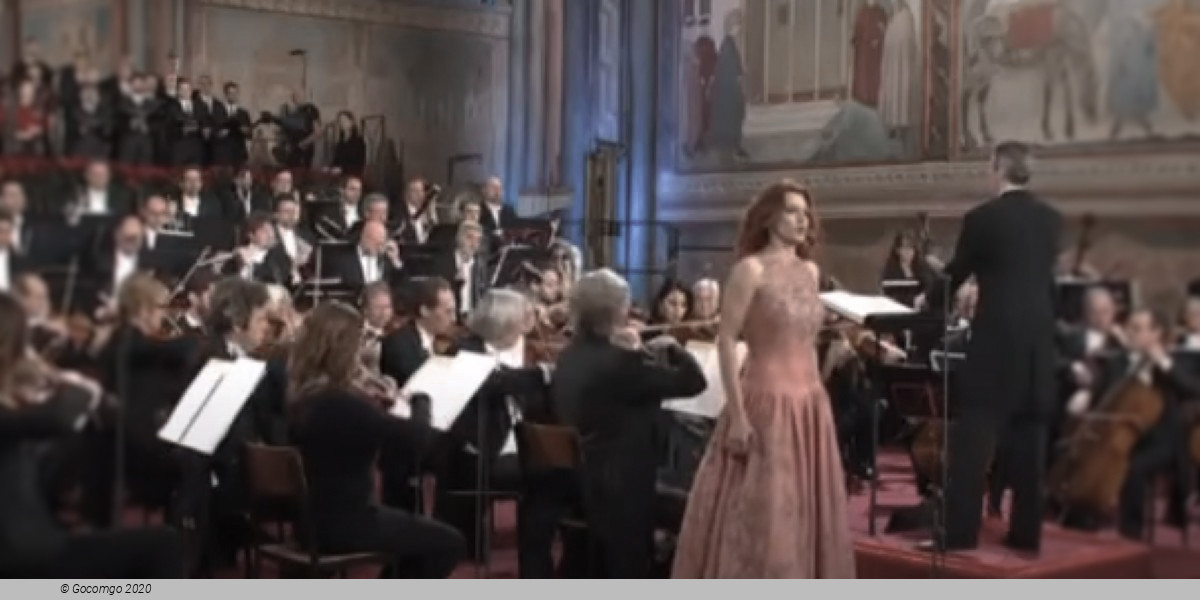Basilica di San Francesco (Ravenna, Italy)
Basilica di San Francesco

What little remains of the old church, built in the fifth century by orders of archbishop Neon, is almost all underground: the original plan is three and a half metres lower than the current street level.
Through a window beneath the main altar, you can see the tenth century crypt, an oratory-shaped room, supported by pillars and designed to hold the relics of Bishop Neon. The floor is constantly submerged by water, but you can still see the beautiful mosaic fragments of the original church. The square bell tower, almost 33 metres high, dates back to the ninth century, almost identical to the one of St. John the Evangelist. In his 1923 “Guide to Ravenna”, Corrado Ricci emphasised the quality of the restoration works carried out on the steeple in those years, but complained about the replacement of the “stern and powerfully sounding” seventeenth and eighteenth-century bells by others with a more “shrilling” sound. Renovated and restored several times, the basilica was virtually rebuilt in 1793 by Pietro Zumaglini. Dedicated to the Apostles Peter and Paul, then named after St. Peter, it took the name of St. Francis in 1261, when it was given in concession to the Franciscans with the surrounding houses, gardens, and porches. The convent friars abandoned it in 1810 and then permanently returned in 1949.
The basilica – with its simple, rustic, and serene façade – is inextricably tied to the funeral of Dante Alighieri, which was probably held in September 15, 1321, in front of the highest city authorities, with Guido Novello da Polenta seated in the front row together with the great poet’s sons, Pietro and Jacopo, and daughter, Sister Beatrice. The fourteenth-century poet, Cino da Pistoia, “master” of Francesco Petrarca, dedicated the poem entitled “Su per la costa, Amor, de l’alto monte” (Along the coast, Love, on the highest mountain) to the event, which ended with these verses:
“…quella savia Ravenna che serba
il tuo tesoro, allegra se ne goda,
ch’è degna per gran loda.”
(“…that wise Ravenna which holds
your treasure, happily she enjoys it,
deigned with great praise”)
When the friars returned to Ravenna in 1949, archbishop Giacomo Lercaro granted their return to “their” basilica, “Dante’s church”. And as the 7th centenary of Dante’s birth drew near, the conditions for a specific “Dantesque” activity were created. This was organised by Father Severino Ragazzini (1920-1986) who also founded the Dante Centre and ran it until his sudden death. With extraordinary passion he strived to create an endeavour “that wouldn’t only last for a hundred years, but would last longer, gaining more extent and importance in time.” For the past fifteen years the Festival has chosen to bring in, under those vaults, liturgies and sacred songs from around the world, thus recovering a tradition that dates back to the second half of the 1600s when, in a nearby convent and in the church “exquisite music” was heard.


